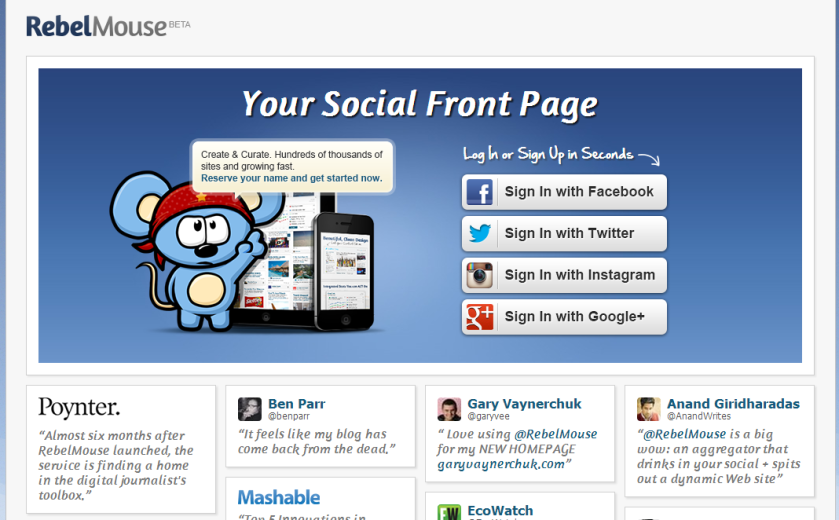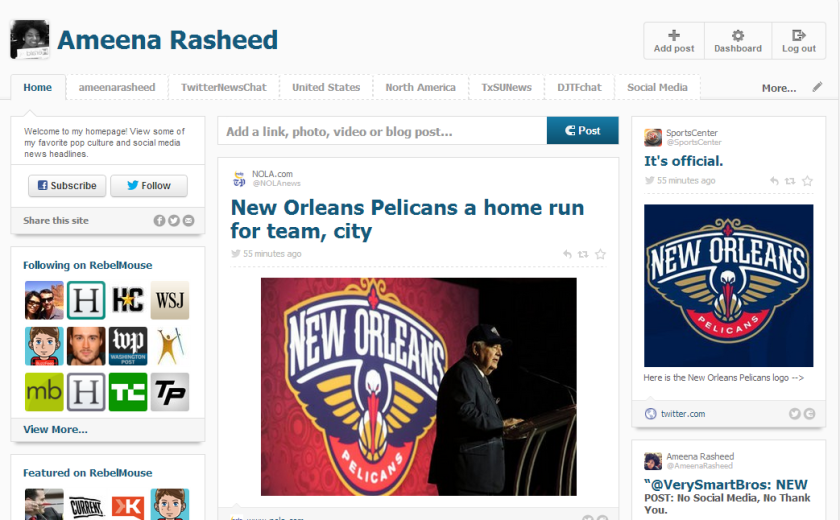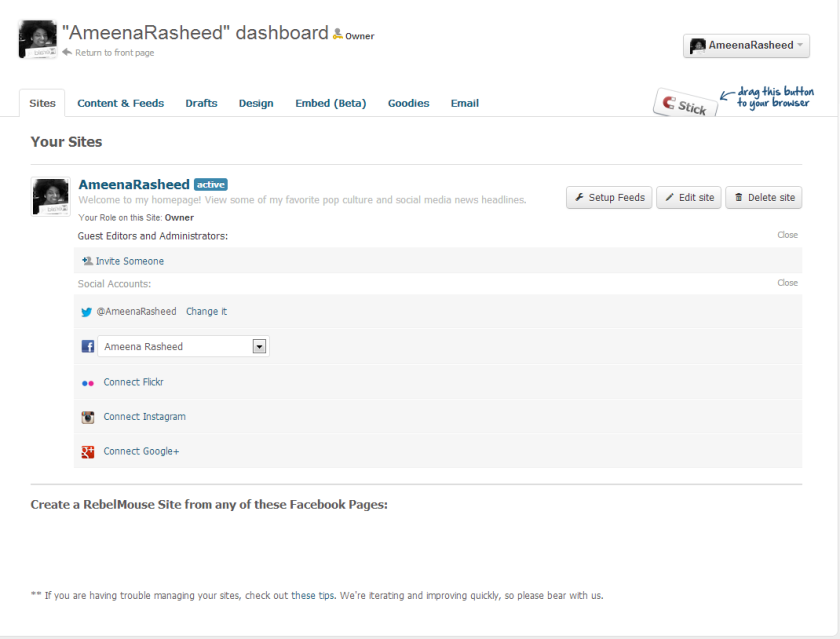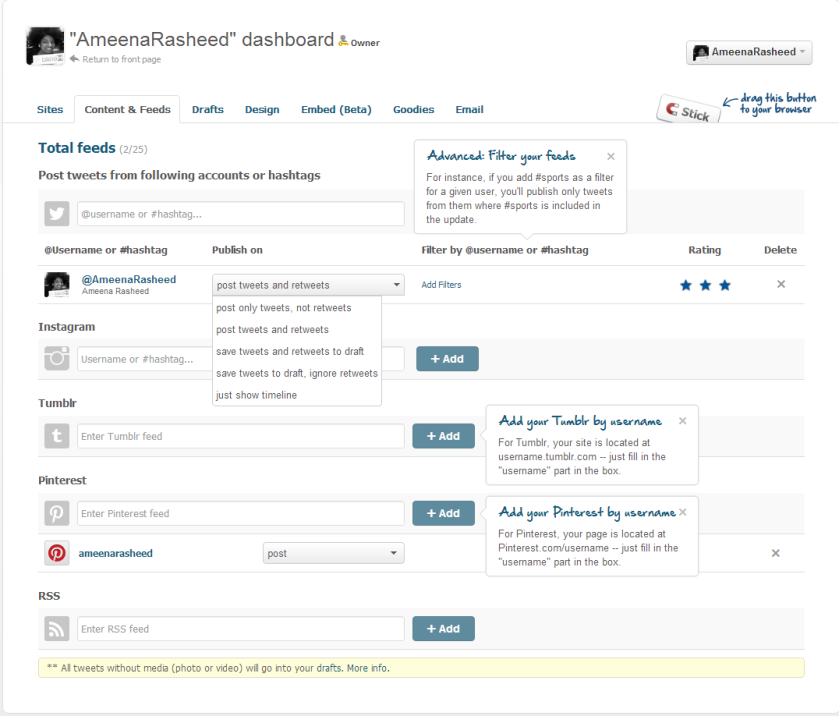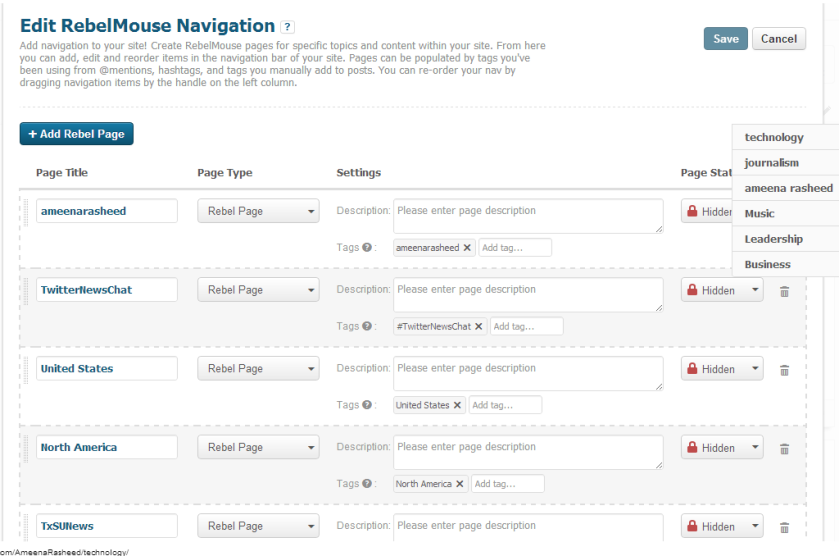By Ameena Rasheed, NABJ Digital Journalism Task Force Intern
Having separate professional and personal social media profiles is one of the first signs of mental illness. Ok, not really, but the stress of juggling several social media accounts is enough to make anybody go crazy — especially me.
There are some social media websites, such as LinkedIn, that cater to one’s professional network and nothing more. Other sites like Twitter and Facebook are not as clear. Platforms like those are used in various capacities, both professional and personal. For early adopters of social media, like myself, having social media began first as a leisurely activity, long before I ever thought about having it used as a vital part of my career.
It wasn’t until around 2010, when I started using social media to tell stories. In the fall of 2010, I took an online journalism course. While I was in that class, I fell in love with digital storytelling. I was forced to use platforms like Twitter and Facebook as reporting tools, which ended up leaving little room for me to be reckless on social media.
I could have created separate accounts just for that one class, but who has the time for that! I wanted my professor to take me seriously, but I didn’t want the hassle of juggling several accounts. Also, as a journalist I think that having separate accounts for your professional and personal lives might become a little confusing for those who follow your work. In my eyes, it splits your following and I would just prefer to send people to one place for each platform that I’m on. Plus, I have been to enough IRE functions to know that nothing is “private” on the web. If I’m trying keep certain thoughts and events of my life unknown to the greater public, I should keep certain things to myself.
On my accounts, I try to do a healthy balance of lifecasting, sharing my life, and mindcasting, sharing my ideas and the work of others. One of the best pieces of advice I received was about how to share content via social media was from founder and CEO of brand development company Medley Inc., Ashley Small.
She told me to think of three positive things that you want to be known for, three negative things you don’t want to be known for and then filter your content by what is on those lists. I think that NABJ member and Fox 26 news reporter Isiah Carey does this perfectly.
Of course, everyone doesn’t share my sentiments. NABJ-ers, what do you think about having separate accounts for personal and professional use? Let me know what you think in the comments.



